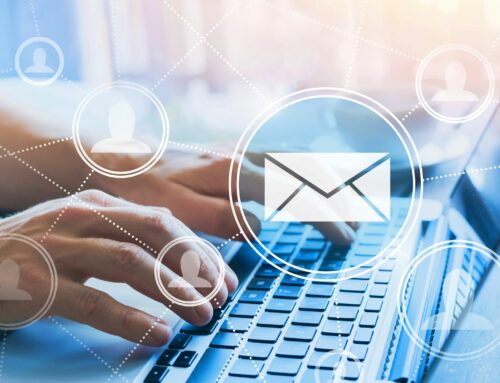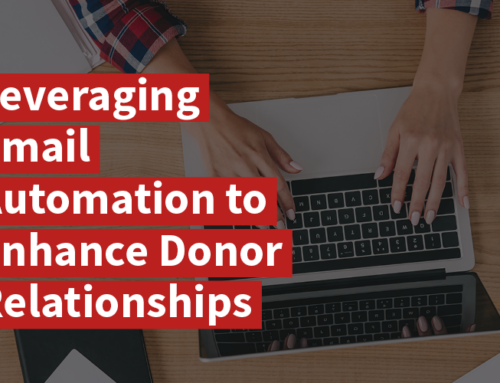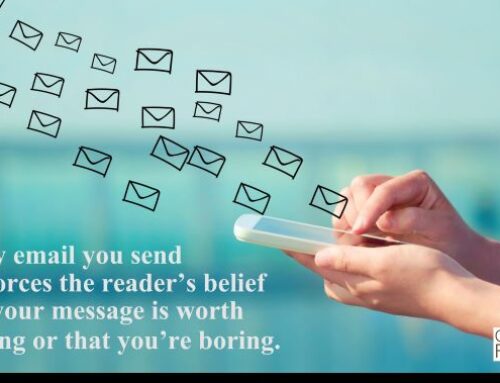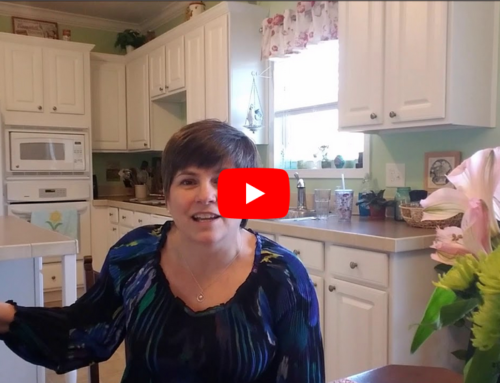Your nonprofit has more pressing business than tricking out its email marketing strategies. But delivering on the big stuff is harder than it needs to be without good email marketing to expand your reach in the crucial search for volunteers, donors, favorable press, and other essentials.
The numbers back this up: research shows that the ROI from email marketing beats any other method to the tune of $38 for every dollar spent. According to July 2018 digital marketing statistics by Nonprofit Source:
● A nonprofit will raise $17 for every 1,000 fundraising emails they send
● Fundraising via direct mail is 245 times more expensive than email
● Email outreach accounts for 26% of funds raised
The data shows that email marketing is a great investment for your nonprofit. But figuring out how to optimize your strategy can be a project in itself. Here’s a rundown of five effective email marketing guidelines to keep your organization strongly engaged with its audience.
1. Rally the Troops
There’s strength in numbers. A winning strategy rallies as much support as possible from your organization’s support base of donors, volunteers, and other allies.
The first thing to remember is that words matter. Take care to ensure your email content contains words that express exclusivity, urgency, and excitement. And since the average adult has an 8-second attention span, try to rely on clear, succinct, direct, emotionally powerful language.
Strong calls to action like the following are key tools, too:
● Help someone in need now
● Make a difference today
● Join together in the cause
● Send your love and support by…
● Get involved now
● Take action
2. Expand Your Email List
The most powerful language is only as effective as its reach. Collecting email addresses is perhaps the simplest and most direct way to enlarge your influence.
Populate your website and landing pages with requests for permission. Newsletter signups are the workhorses of subscription and fit nicely on your sidebar, navigation bar, blog posts, and anywhere else your audience finds itself on your page or site.
Email marketing tools like Constant Contact and MailChimp that organize and manage your correspondence with stakeholders help you streamline the process and work smarter, not harder.
3. Embrace Variety
There are lots of ways to ensure that you get the most out of the audience that you’ve built with these and similar tools. There are automated email types for all the many ways you want to connect with your subscribers.
● Welcome emails thank subscribers for their interest and encourage further engagement with your organization’s efforts. They’re great vehicles for promotional offers, invitations to your social media, calls to action, and more.
● Surveys and feedback requests drive further engagement with your brand and capture important information about their attitudes. They can be particularly effective when they offer incentives via discounts or opportunities to earn gift cards or other rewards.
● Explainer emails promote contributions from recipients by offering them more information about how their donations will be used and the difference they are making.
● Thank-you notes, which can be triggered by donations via email automation, send a clear and important message to donors—your organization recognizes that they make its efforts possible.
4. Don’t Miss the Inbox
The most pitch-perfect email messaging in the world won’t do you any good if it ends up in your subscribers’ spam folders. Taking precautions against this outcome pays off given the alarming fact that recipients’ spam filters cost nonprofits $15,000 in donations annually. The good news, from the same study, is that reducing your spam rate boosts your email fundraising revenue by 14 percent annually. But how can you do it?
1. Don’t use purchased recipient lists. It’s illegal, costly, and generally bad for business.
2. Go small: spam filters are designed to sniff out large images or other sizable email attachments where viruses are known to hide.
3. Cut the dead weight: prune contacts that bounce back or haven’t engaged in a given amount of time.
4. Cut the sale lingo: avoid terms like “free” or “prize” that spam filters catch and consign to the trash.
5. Timing Is Everything
Finally, an email that reliably lands in the inbox of its recipient is only going to convey your message if she is paying attention. So the right time for them to land is whenever your audience is most likely to notice, and that varies according to who your audience is and what their typical behaviors are.
This is where email marketing really earns its keep. There’s no telling whether traditional mail has been opened, by whom, or what impact it has had on that person’s behavior. But your reports will tell you a lot about what days and times offer the best open and click-through rates.
The five common-sense tips we discussed will help your nonprofit organization maintain strong ongoing relationships with the folks whose contributions and efforts it depends on. They are based on the simple idea that strangers who become subscribers become donors and volunteers. Practice them well and often and to help your nonprofit grow towards its practical goals.
Thank you to Christian Golden, PhD, for this post. Christian writes about tips and trends in digital marketing and social media for TrustRadius. He is a philosopher by day who loves teaching and digging into the big questions. His extracurricular interests include making music, reading comics, watching (really old) movies, and being in the great outdoors.





For visual inspiration, you can take a look at this guide, some really inspiring examples: https://www.mailerlite.com/nonprofit-email-marketing
Thanks! I will keep in mind everything in your post, very useful and easy to follow, I noted the important parts to avoid forgetting them. Thank again for sharing it!